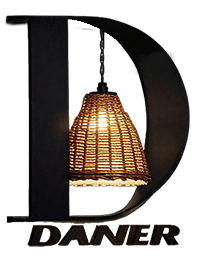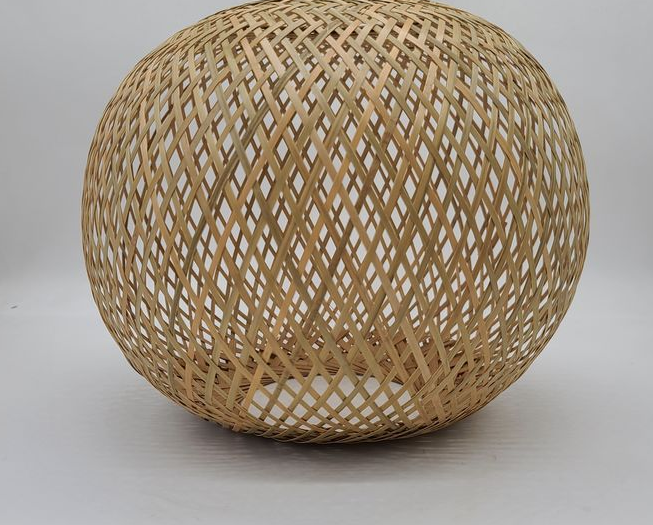Is Bamboo and Rattan Lighting Eco-Friendly?
In the modern age of eco-conscious design, bamboo and rattan lighting has become a symbol of sustainable style. But how environmentally friendly are these woven lighting options?
Natural Origins and Sustainability
Bamboo and rattan are fast-growing, renewable resources that are widely available in tropical regions such as Southeast Asia. Bamboo, in particular, can grow up to 91 cm in a single day, making it one of the most sustainable materials on the planet. When used in products like a bamboo pendant lamp or a rattan pendant light, it reduces the need for non-renewable alternatives.
Handcrafted Production Process
Unlike mass-produced plastic or metal lighting, many bamboo and rattan lamps are made by hand. This includes the handmade wicker light, handwoven rattan lamp, and artisan eco-friendly handmade boho restaurant woven natural rattan bamboo light. These handcrafted methods minimize energy usage and often support local artisans and small-scale workshops.
Design Meets Ecology
Beyond their low environmental impact, these fixtures bring a natural warmth and organic aesthetic to interiors. Whether it’s a boho bamboo lamp, natural rattan chandelier, or rustic bamboo lamp, their designs effortlessly combine eco-friendliness with style.
For those seeking versatile decor, items like the woven rattan lamp or the boho hanging lamp work in a variety of settings—from minimalist homes to tropical-themed resorts.
Durability and Biodegradability
One of the hidden advantages of bamboo and rattan lighting is its long lifespan. With proper care, products such as the bamboo hanging light and vintage rattan lamp last for years. Even at the end of their life cycle, these materials naturally decompose, unlike synthetic counterparts.
Conclusion
Bamboo and rattan lights—like the eco-friendly rattan lamp or the handcrafted bamboo pendant—are not only stylish but also kind to the planet. Their minimal carbon footprint, sustainable sourcing, and biodegradable nature make them a top choice for environmentally responsible interior design.
READ MORE
Address
No. 3, Lane 6, Fushan, Tiebian Village, Henglan, Zhongshan City

CONTACT US
_lutHu5.png)


Call Us
13527147288
E-mail Us




